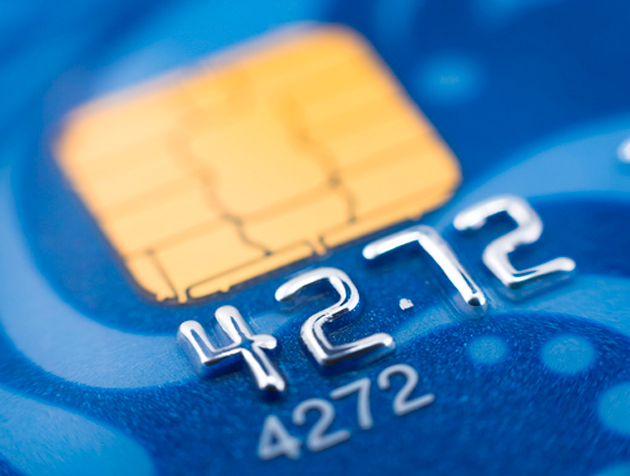
Recent announcements by the major payment card associations indicate that chip-based payment cards will soon replace magnetic-stripe cards in the United States. Fraud prevention is the main goal of the switch.
Chip-based smart cards, also called EMV (for EuroPay, MasterCard and Visa, the founders of the standard), contain a microchip that authenticates the card, the transaction, and the user, thereby making them less vulnerable to being copied and used fraudulently. The EMV standard is already in use throughout much of the globe, including Canada and Europe, where the liability for fraud was transferred to merchants in 2005.
For U.S. retailers, that fraud liability shift is now the primary risk. If merchants fail to update their payment terminals so that they can read EMV cards and comply with specific standards by October 1, 2015, they — not the card-issuing companies will have to assume liability for any fraudulent purchases.
"As merchants of all sizes today buy equipment, they should make sure that the hardware can accept the chip card," said Erik Vlugt, vice president of product marketing for VeriFone, a payment terminal manufacturer.
In short, it is time for retailers to upgrade their technology. The deadline is far enough away that it should not be problematic for most, but Vlugt notes that since certifying the new terminals for data-security compliance will be necessary, merchants that update sooner may benefit.
The incentive relates to an emerging mobile payment method called near field communications (NFC), which allows smartphones and similar devices to establish radio communication with each other simply by touching them together or holding them within close proximity. This method now exists as a way some cards and smartphones can make payments, and accepting NFC payments now will allow merchants relief from certain security standards.
Once a merchant processes enough of their transactions on terminals capable of reading both EMV cards and NFC payment devices, it will become exempt from annually validating their compliance with the Payment Card Industry Data Security Standard. And since merchants can begin taking advantage of that exemption October 1, 2012, it pays to start early.
Unfortunately, however, there is also a risk of putting too many eggs in the NFC basket. This is because the industry remains divided on whether or not NFC will win the mobile-payments race. Another yet-unseen technology could prove better. So retailers that rush to upgrade their technology to EMV should be cautious about selecting a rigid system too closely tied to NFC. If it proves to be a fad, "you could have to throw away the hardware or software you've invested in," said Vlugt.
Instead, Vlugt advises merchants to keep flexibility in mind when selecting equipment. "There's no way to predict what is going to happen, so putting something in place that can be updated easily, remotely and frequently is absolutely critical for merchants of all sizes," Vlugt explains.
